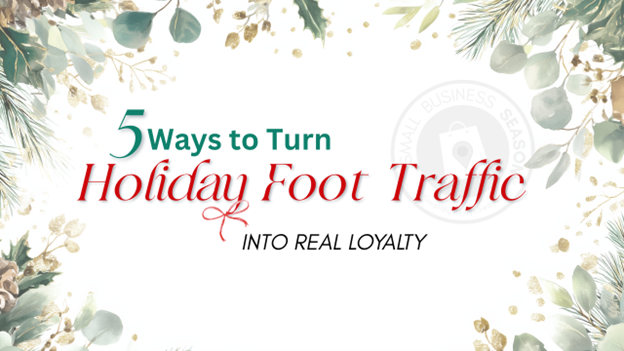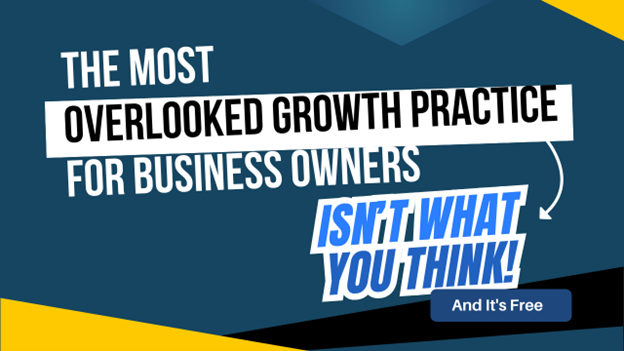Increase Sales with This Smart Tip
One of the best things you can do for your business is make it painfully obvious what you provide for your ideal audience. Coyness, after all, does not sell products.
Have you ever known someone who puts what they love out there? They tell you unabashedly what they want for Christmas, their birthday, or just any old day? I had a co-worker like this once. He loved Batman. He told everyone and decorated his cubicle accordingly.
Do you know what showed up on his cubicle doorstep all the time?
Batman.
And they were from people who normally wouldn’t give him gifts. They’d see Batman at a thrift store and think of him. They’d go through their kids’ toy bins to donate items, and guess what they did with the Batmen?
My co-worker amassed a collection of items because he “put it out there.” People knew what he wanted. The power of suggestion is a mighty one. They saw Batman; they thought of him.
If he had directly asked any of our co-workers to buy him a Batman figurine, they would’ve scoffed. But tell them over and over it’s what he loved and enjoyed, he became known for it. Batman became his nickname. Have a tech problem? Go see Batman.
He may not have been in marketing, but he understood the power of association and suggestion.
You need to do the same for your business. Unabashedly announce what you are (or want to be) known for and reiterate it at every chance. Cosmetic maven Laura Geller launched a huge influencer campaign this holiday with the help of (mainly) Gen X actresses. People like Jenny Garth (of Beverly Hills 90210 fame) and Danica McKellar (Winnie from The Wonder Years) were posting “before” and “after” makeover videos like their acting careers depended on it all over social media. They were all espousing how quick and easy it was to apply and how Geller’s cosmetics were perfect for mature skin.
Geller’s marketing team targeted middle-aged women exclusively (if you don’t pay attention to the models on the website). The influencers pointed out things most of us find annoying—makeup settling into fine lines AND a routine taking too long. They didn’t talk price, smell, trends. They focused on the two things they had determined were important to moms and grandmas—looking younger and refreshed and being able to do it quickly.
Because of this niche marketing technique and laser focus on the needs of their ideal audience, this line is becoming known as the make-up for “mature skin.”
If you do nothing else in this coming year, get very clear on “who” your business is, whether that’s THE line for mature skin or Batman. Then put it out there in everything you do.
Don’t assume a happy customer will draw that correlation for you. Too many businesses do this. Geller didn’t wait for someone with mature skin to try her product, love it, and post about how it doesn’t sink into the lines. She linked her name with that ahead of time.
Additionally, she didn’t worry about those who would find this claim unappealing (Gen Z, I’m looking at you). Instead, she found her target and zeroed in on it.
Perhaps you don’t want to be known for an item or service but a vision or mission. Put that out there as well. Don’t assume people will think it of you. Tell them. And tell them more than once. Don’t worry about sounding like a song on repeat. They’ll only hear you about 30% of the time you’re claiming it anyway. It takes a while to sink in and equally long to get past the obstacles of the social algorithms.
While we don’t all have the budget that Geller (obviously) invested in these actresses/stars, we can do what my former co-worker did and stick to something we want to become known for.
This year, as you’re going over sales and planning your business’ future, ask who you want to be and what you want to be known for. Then put it out there.
-----------------
Christina Metcalf is a writer and women’s speaker who believes in the power of story. She works with small businesses, chambers of commerce, and business professionals who want to make an impression and grow a loyal customer/member base. She is the author of The Glinda Principle, rediscovering the magic within.
_______________________________________
Medium: @christinametcalf
Facebook: @tellyourstorygetemtalking
Instagram: @christinametcalfauthor
LinkedIn: @christinagsmith




